If you are searching for information about student loan payment refund, you have come to the right place. Here, you’ll find all the details you need regarding payment refunds in the USA.
Student loan payment refund occurs when a student or borrower has paid more than the required amount on his/her student loans. These refunds are generally provided by the loan servicer or educational institution with the intention of returning the surplus funds to the student.
Table of Contents
Refunds are typically distributed via check or direct deposit into students’ bank accounts. It may also result in modifications to financial aid distribution or adjustments to tuition and fees.
Know everything about student loan payment refund, including topics like the concept, eligibility, relevance of student loan repayment, refund process, and more.
Key Takeaways
- You can get a refund if you accidentally pay more than you owe on your student loans.
- You can also get a refund if you withdraw from a class, your financial aid changes, or you receive other scholarships or grants.
- To get a refund, you need to contact your loan servicer and provide them with documentation of why you are eligible for a refund.
- The process of getting a refund can take several weeks or even months.
- Refunds can be a great way to reduce your student loan debt and improve your financial situation.
Understanding Student Loan Refund Payment
Student loan payment refund is surplus funds given to a student or borrower when their educational expenses, such as tuition, are covered by federal or private student loans, as well as any scholarships or grants.
These additional funds are to help with other educational costs, such as housing, textbooks, and living expenses. It is important to use these refunds carefully because they are still part of the total student loan debt and must be repaid with interest if they originated from the loan.
Student loan payment refund occurs when a student takes out a loan to cover additional college expenses, such as books, supplies, or off-campus housing, that are not billed directly to their student account. When students borrow loans for these costs, they start out with a positive balance in their account. They can use this surplus to cover these unbilled expenses.
Under What Circumstances is Student Loan Payment Refund Issued?
Student loan payment refund is issued under specific circumstances. These are explained underneath:
1. Overpayment
If you accidentally pay more than the required amount or your lender receives excess funds, you may be eligible for a refund.
2. Course Changes
If a student withdraws from a class or reduces their course load, they may receive a refund for the associated tuition and fees.
3. Changes in Financial Aid Eligibility
Changes in a student’s financial situation may cause their eligibility for a loan to be recalculated, resulting in a refund or adjustment.
4. External Funding
Scholarships or external financial aid that exceeds required expenses may lead to a refund for the student.
5. Timing of Loan Disbursement
Student loans are often dispersed in multiple installments over the course of the academic year. If a student’s expenses are lower than expected, it may result in a refund.
6. Loan Cancellation or Discharge
If your student loans are canceled, forgiven, or forgiven for reasons, such as disability, school closure, or eligible public service, you will be eligible for a student loan payment refund made after the discharge date. You may be eligible for a refund of any payment.
7. Consolidation or Changes in Repayment Plans
When you consolidate your loans or switch to an income-driven repayment plan, your payment amount may change, potentially leading to more payments that can be refunded.
Eligibility Criteria for Student Loan Payment Refund
Eligibility criteria for student loan payment refund or loan forgiveness programs may vary depending on the specific program. Some common loan refund eligibility factors are given below:
- Loan Type: Your eligibility may depend on whether you have federal loans (for example, Direct Loans, and FFEL loans) or private loans. Loans need to be Department of Education federal student loans, not private loans.
- Repayment Plan: Some student loan payment refund or forgiveness programs may require you to have specific repayment plans, such as income-driven repayment plans.
- Payment History: For some forgiveness programs, having a track record of timely payments may be a prerequisite.
- Loan Forgiveness Period: In some cases, loan forgiveness is granted only after a certain number of years of repayment, often 20 or 25 years for income-driven repayment plans.
- Qualifying Payments: It ensures that your payments meet the requirements in terms of type and amount.
- Income Level: Income-based refund programs may have income restrictions, and your ability to pay may be considered.
What Happens When Your Student Loans Are Forgiven?
When your student loans are forgiven, It means you no longer have to repay your student loan balance. In the case of a student loan payment refund, the following things happen:
- You will receive information about the amount forgiven and whether you still owe money after your student loans are forgiven.
- In the event that the school commits fraud, you may receive a partial reimbursement of your loan payments.
- Although the Biden administration’s loan forgiveness plan was declared illegal by the Supreme Court, Biden unveiled a different strategy to pursue forgiveness.
- If all of your student loans are gone, your credit score may be temporarily affected. Additionally, even though your debt relief will not be taxable by the federal government. It may still be taxable by the state.
Student Loan Forgiveness Programs
Student loan forgiveness programs are designed for specific groups of borrowers and come with specific eligibility criteria. Here’s an overview of the major student loan forgiveness programs:
1. Biden’s Proposed Student Loan Forgiveness
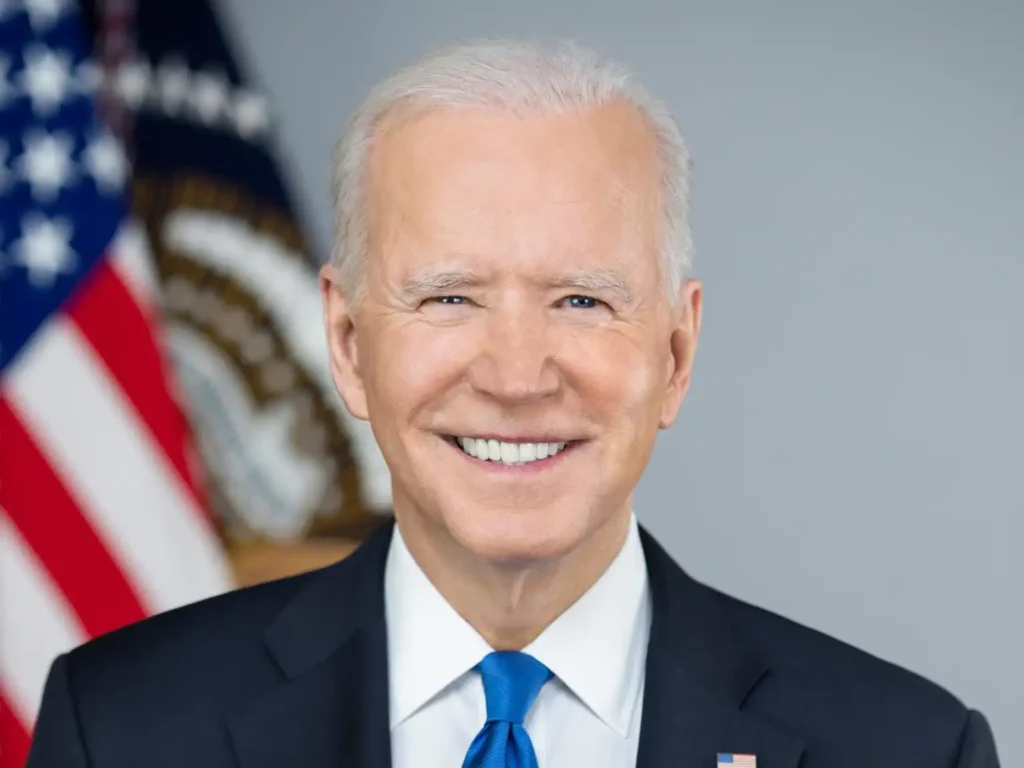
Biden’s Proposed Student Loan Forgiveness is very significant when it comes to student loan forgiveness programs. On June 30, 2023, the Supreme Court decided that Joe Biden’s government was not authorized to forgive student loans under the Higher Education Relief Opportunities for Students Act of 2003.
In response, Biden unveiled a revised plan for student loan payment refunds that shortens the time period before loans can be canceled and lowers the minimum payment for some students. Additionally, he announced that the Department of Education would adopt a different strategy for student loan forgiveness.
According to Biden’s plan, if you have federal student loans and made less than $125,000 per year (or $250,000 for families), you would be eligible for this one-time student loan payment refund.
2. Public Service Loan Forgiveness (PSLF)
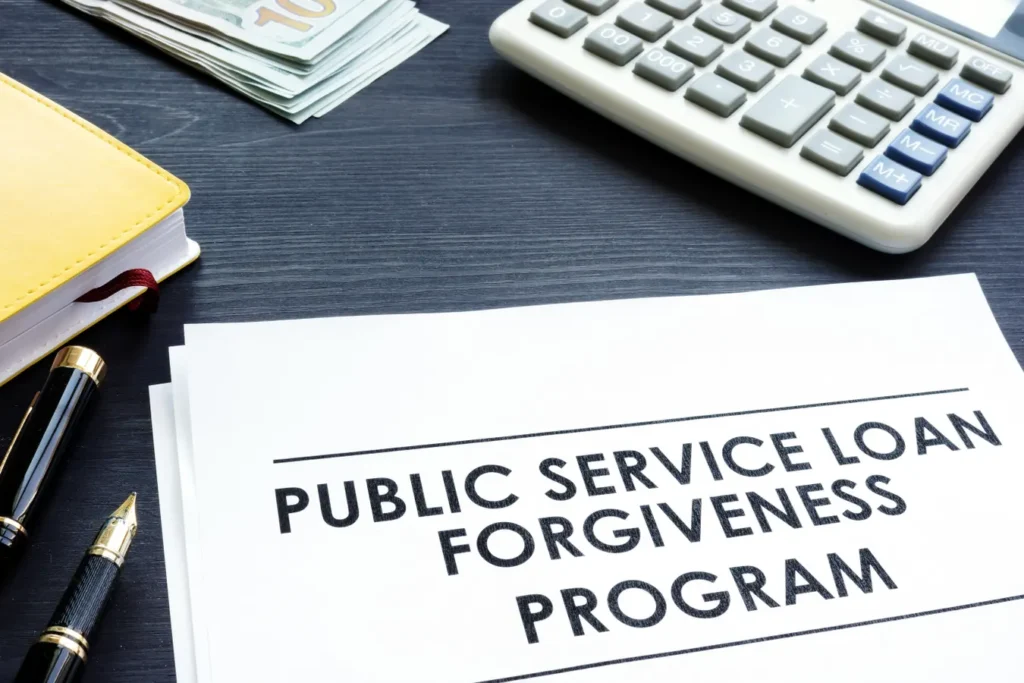
Public Service Loan Forgiveness is designed for borrowers in eligible public service or nonprofit roles. After making 120 qualifying payments, typically over ten years, the balance on their Federal Direct Loan is forgiven.
3. Teacher Loan Forgiveness
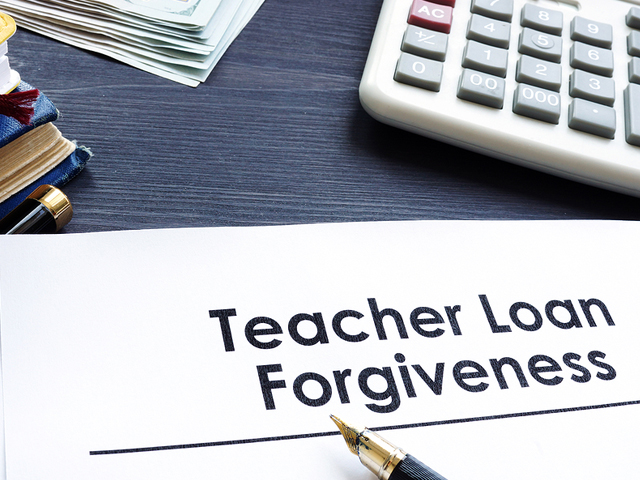
The Teacher Loan Forgiveness program provides advantages to teachers employed in low-income schools or educational service agencies. Depending on the subject and level of teaching, eligible teachers can receive up to $17,500 forgiveness on their Direct Subsidized and Unsubsidized loans.
4. Income-Driven Repayment (IDR) Forgiveness
Borrowers enrolled in income-driven repayment plans, such as the Income-Driven Repayment Forgiveness program, can have their remaining loan balance forgiven. After 20 to 25 years of continuous payments, the amount forgiven is considered taxable income.
5. State-specific Loan Forgiveness Programs
Some states have their own loan forgiveness initiatives for residents employed in particular fields, such as health care, education, or public service.
Student Loan Payment Refund Process and Timelines
Student loan payment refund process and timelines may vary depending on your specific circumstances, type of loan, and loan provider. Here’s a general outline:
- Eligibility Assessment: Start by confirming your eligibility for a refund.
Common reasons for student loan payment refunds include overpayment, withdrawal from school, or loan cancellation.
- Contact Your Loan Servicer: Contact your loan servicer or lender. They will guide you through steps specific to your situation. You can find their contact information on your loan statement or on their website.
- Submission of Documentation: You may need to provide supporting documentation for your refund request. This may include evidence of overpayments, withdrawal from school, or loan cancellation.
- Review and Approval: Your lender or servicer will evaluate your request and the documentation provided. The timing of this review may vary, and they may request additional information if necessary.
- Processing Time: Once your request is approved, the processing time for a refund may also vary. Receiving the funds may require several weeks.
- Getting a Refund: Depending on your lender’s policies and your preference, a student loan payment refund may be issued as a check, directly deposited into the bank accounts of the students,
- Stay in Touch: Maintain regular contact with your lender or servicer to monitor the progress of your refund.
Depending on the loan servicer, timelines may vary, but the entire process typically takes several weeks to a few months. For example, if you are looking for a refund from MOHELA, you should expect to receive the first check-in 90 business days and the remaining checks in 60 business days.
It is important to keep open communication with your loan service provider and follow their instructions during the student loan payment refund process.
Should You Request a Federal Student Loan Payment Refund?
Whether or not to request a federal student loan payment refund depends on your specific financial situation. If you have paid more than required, or if your loan has been fully repaid through other means, getting a refund is a wise option. Federal student loans come with strict guidelines for refunds, especially if you’ve consolidated your loans or paid off the debt.
However, if you are still actively making payments and are experiencing financial hardship, it may be wise to retain any overpaid funds to reduce your outstanding balance. Federal student loans offer various student loan payment refund options to ease the financial stress of borrowers.
Relevance of Student Loan Payment Refund
Student loan payment refund holds significant relevance for borrowers, playing a vital role in their loan management. These refunds come in handy when borrowers pay more than their required amount, resulting in overpayment. Their relevance can be summarized in the following aspects:
- Financial Relief: Student loan refunds provide financial relief to borrowers, allowing them to regain control of their finances and allocate funds for other necessary expenses.
- Debt Reduction: These refunds contribute to reducing the overall debt burden, potentially shortening the loan tenure and reducing interest costs.
- Default Prevention: Student loan payment refund plays a vital role in preventing default by ensuring that borrowers do not have to struggle with unmanageable debt.
- Flexibility and Choice: Borrowers have the flexibility to decide how they want to use the refund, whether it is to pay down the principal, cover future payments, or invest in furthering their education.
FAQs.
1. Is it possible to receive a refund for student loan payments?
Refunding student loan payments is typically not an option, but you may consider options like loan forgiveness, income-based repayment plans, or debt discharge for student loan relief.
2. How long does the student loan payment refund process take?
The time it takes to receive a refund for overpayments in the student loan payment refund process may vary depending on your loan servicer and method of payment. Generally, it may take several weeks to complete the processing and delivery of the refund.
3. Do I need to pay taxes on the forgiven portion of my student loan debt?
Until the end of 2025 and, in the case of business-based programs, indefinitely, your student loan payment refunds will not be subject to federal taxes. However, depending on where you live, it may be considered taxable income at the state level.
4. When is it appropriate to get a federal student loan refund?
You can request a federal student loan payment refund when you’ve borrowed more than you need for educational expenses. It is important to manage your finances responsibly and borrow only what is necessary to cover tuition, fees, and related costs. The refund must be used for educational purposes or to repay the loan.
5. How do I know if a student loan took my refund?
You will get a note before your taxes are taken. This note will tell you that your refund is being taken. It will also give you details on how to ask for a hearing. This hearing can stop the tax refund offset.
6. Has anyone received student loan forgiveness?
The Biden team’s work showed great success. In just a short time, the program moved from nearly all requests being turned down and only a few thousand getting approved to almost 900,000 people having over $60 billion in student loans forgiven.
Conclusion
The concept of student loan payment refund serves as a ray of hope for those struggling with the burden of educational debt. Dealing with the complex landscape of loan repayment can be overwhelming, but the availability of refund programs provides a safety net, allowing individuals a chance to regain financial stability.
However, borrowers must be well-informed about the eligibility criteria and application processes for these loan forgiveness programs, as they have the potential to significantly reduce their student loan burden.





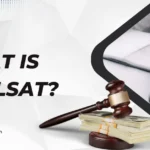
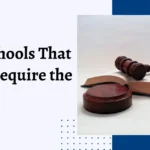


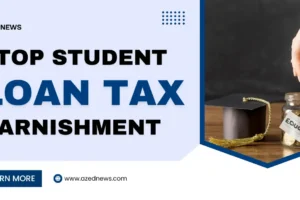
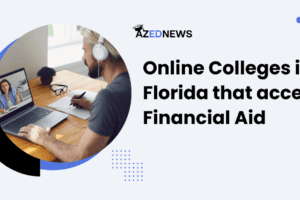
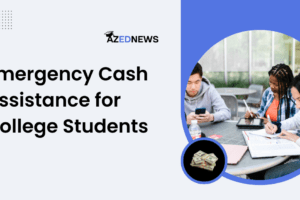
Add Comment